
When the new Economist launched, writers around the world took note. The refresh was bold, clever, and somehow still distinctly The Economist. We wanted the inside scoop on how the project unfolded, the insights that led to the smart work, and what made the voice land so well. Nomad Studio's Stu Watson and Isabel Maguire join The Subtext to share all the juicy details behind the rebrand.
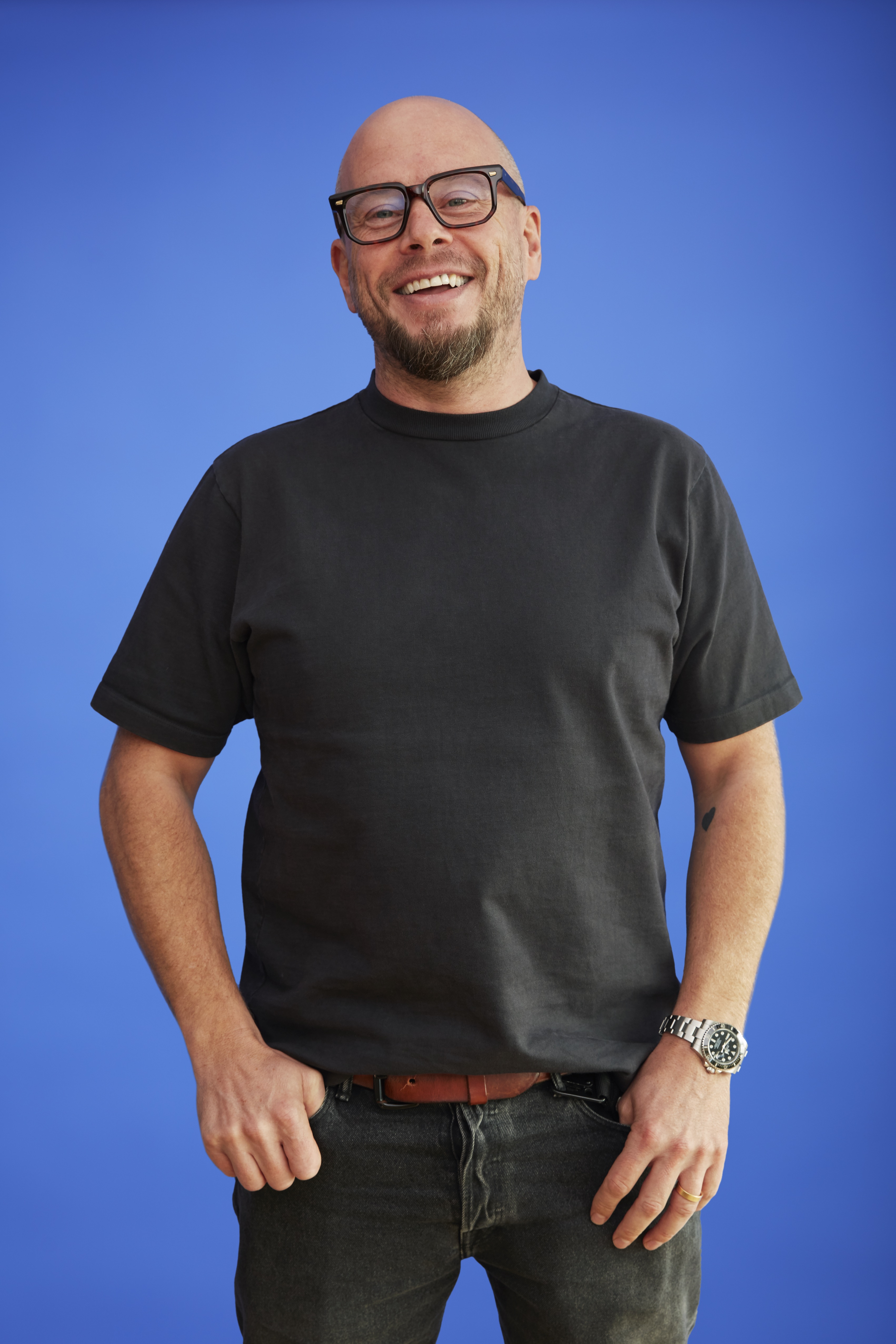
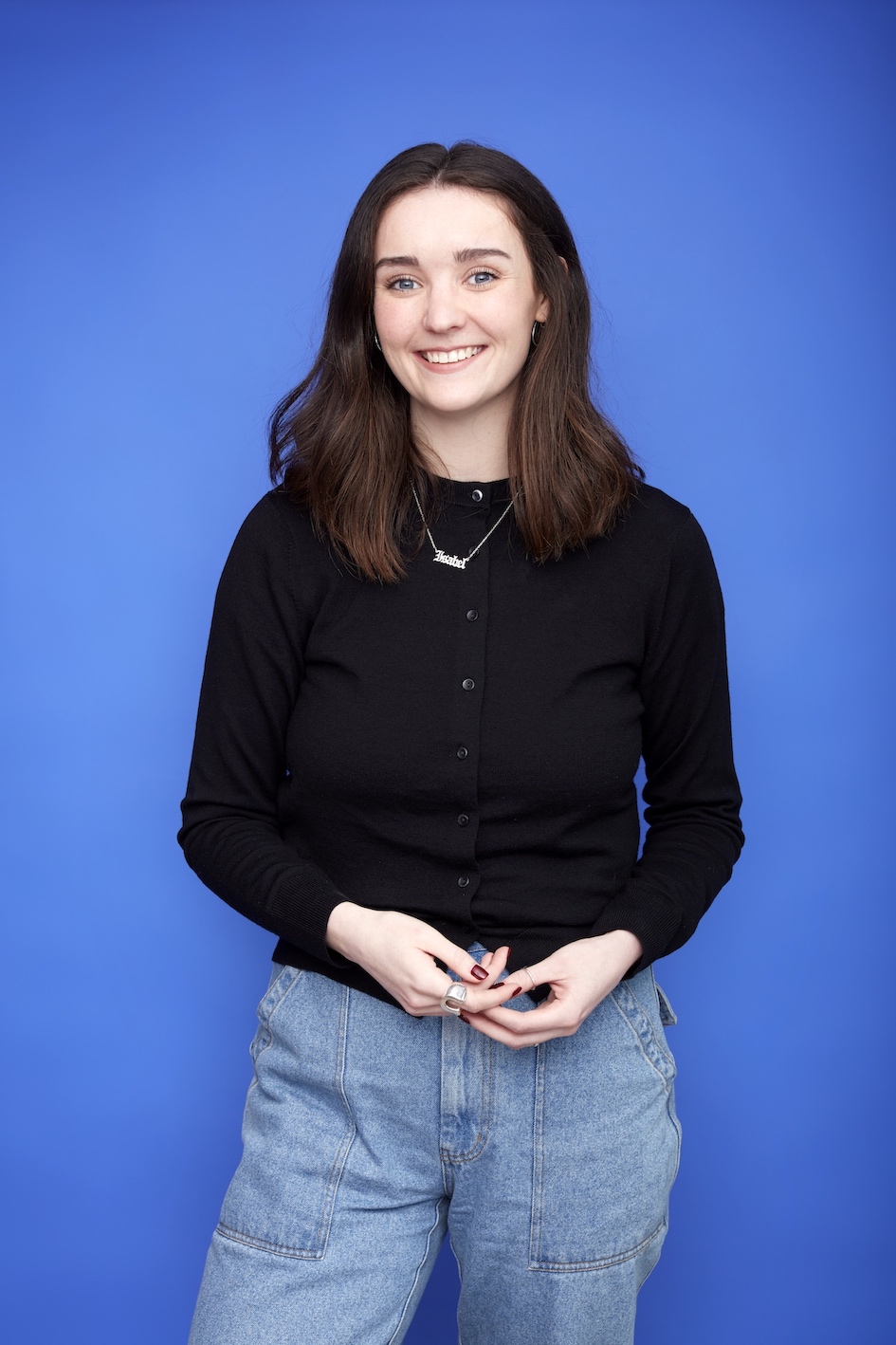
Where’s your hometown and where do you live currently?
SW: Born in Bolton, settled in Dalston, East London.
IM: I grew up in Amersham, Buckinghamshire. Now I also live in East London, which means I have strong feelings about the local bookshop and weak boundaries with my facialist.
In a few sentences, can you introduce yourself and share a bit about your role at Nomad Studios?
SW: I’m co-founder and ECD. I help build brands that are seen by billions each day. Strategy, design, tone of voice… I help create work that works.
IM: I’m a Senior Strategist and Copywriter. I help brands figure out who they are, what they mean, and why anyone should care. Then I help them express it—clearly, cleverly, and in a voice that’s unmistakably their own.
You mentioned that your studio has historically taken on projects rooted in fandom. Can you give us more insight into this focus? And how does that influence the work you do?
SW: Turn on the TV. Unlock your phone. Walk down the high street. Nomad creates Mass Fantastic brands, the ones you can’t ignore. Whether it’s football or finance, we look for the emotional hook—the thing that makes people feel like they’re part of something bigger. We’re interested in brands people choose—not because they have to, but because they love what they stand for. That’s fandom.
Why do you think The Economist was drawn to this fandom-informed perspective, especially right now?
SW: The Economist has always had a fiercely loyal readership. They speak with rare clarity. But to grow, especially with younger audiences, it needed to open the door a little wider. Relevance is earned. It’s not just about what The Economist says—it’s why it matters to you.
What was it like working with The Economist's editorial team? Were there any particular moments of connection or tension that stood out to you?
SW: Everyone was laser-focused—creating concepts, editing, collating feedback and getting approval. We didn’t approach this like a traditional ad agency. For us, advertising at its best is simply an extension of brand communication. And because we’d authored the core brand logic, it felt natural for us to be the ones bringing it to life externally.
IM: We really put the words to work. Every word had to earn its place. That rigour was brilliant to work with. There were good debates around tone: how far is too far, what’s clever versus straight up unintelligible. The line is finer than you’d think.
What early conversations or ideas helped shape your approach to the rebrand?
SW: Unlocking confidence was an essential part of the brief.
IM: We weren’t trying to dazzle people with hot takes that go cold overnight. What we really wanted was for The Economist to help people think more clearly and have the confidence to make sense of the world.
The Economist has built an iconic voice over the years. How did you approach bringing in fresh language or tonal nuance in this refresh?
SW: It wasn’t about reinventing The Economist’s voice—it was about expanding it. Giving it more range. Still incisive and witty, but now with a bit more warmth and humanity. We wanted to develop the kind of tone that doesn’t just inform, but empowers—so the reader walks away a little sharper, and more confident.
What are the hallmarks of the refreshed verbal identity?
SW: We’ve been very intentional about how message and media work together. Whether it’s a social ad, or a TV ad, or a host-read ad on your favourite podcast—the delivery matches the moment. Concise. Confident. With room for surprise.
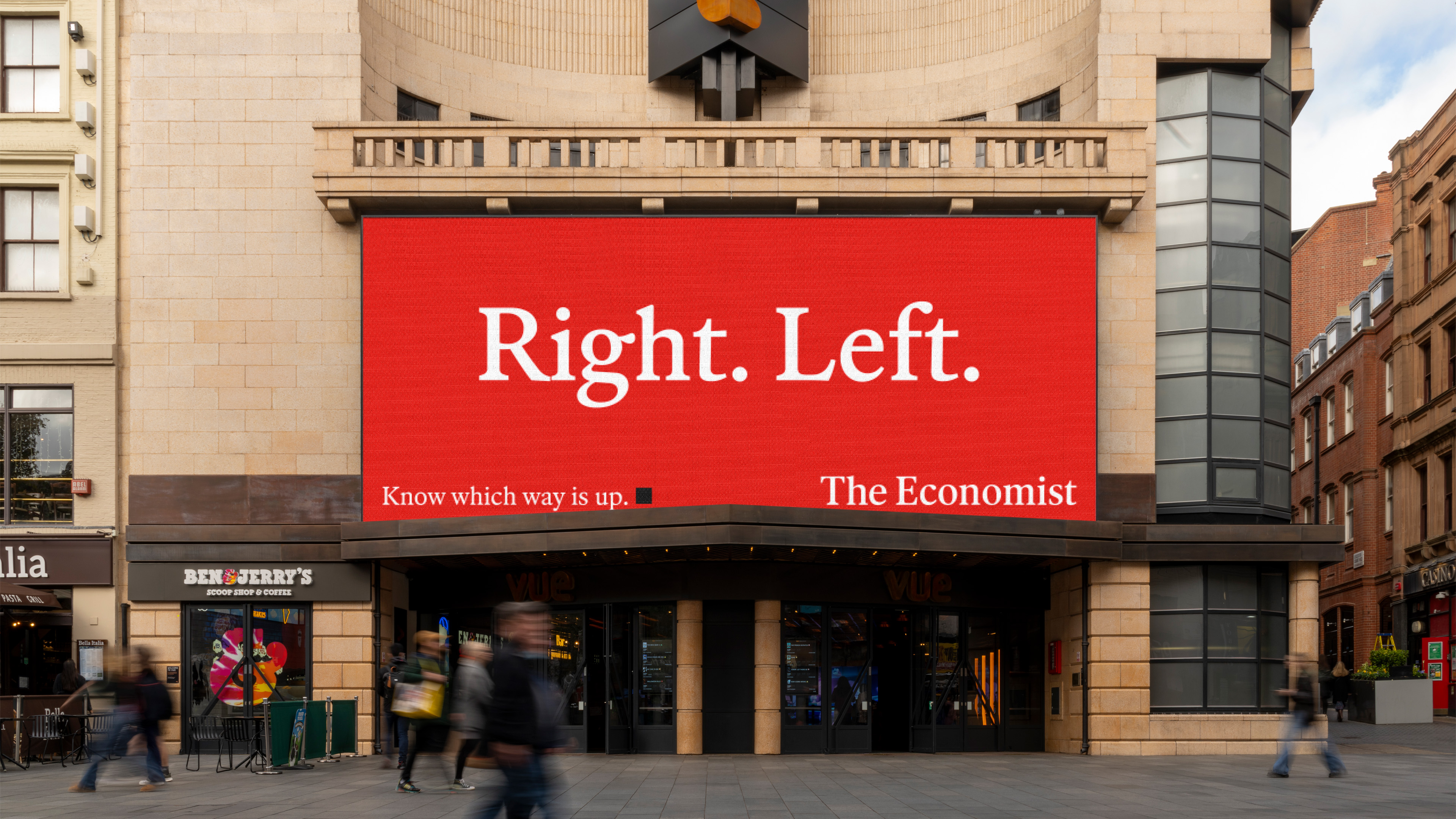
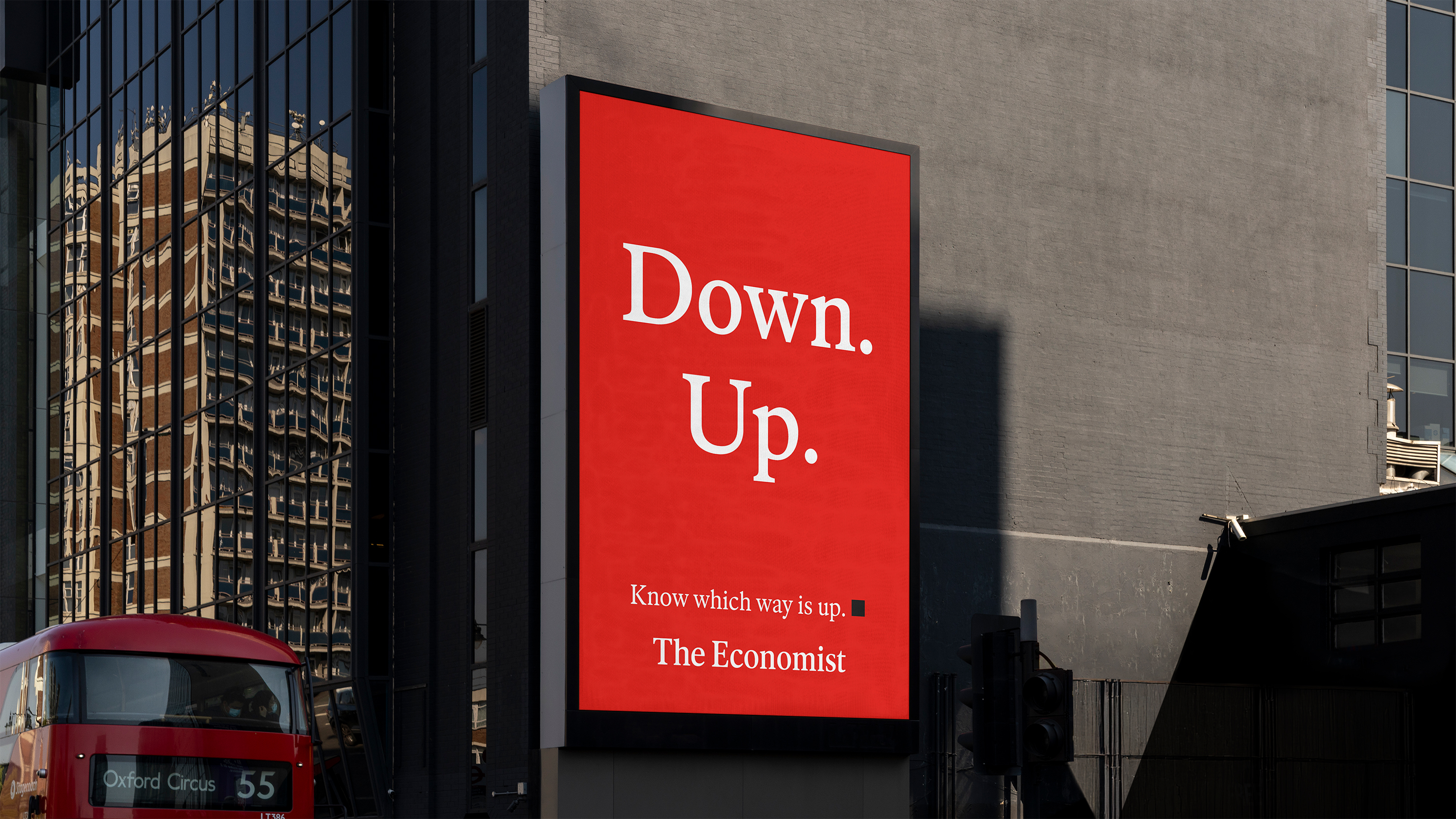

Were there any unexpected influences that showed up in this project?
IM: Honestly? The Economist itself. It has such a clear voice. I first noticed it in the wit of the rubrics and subheadings. One article in particular, from earlier this year, examined Donald Trump’s transactional approach to geopolitics. The rubric? Gangster’s Paradise. The subheads? All lines from that 1995 Coolio track of the same name. It was so confident. The Economist didn’t explain the reference or italicise it—it simply trusted readers to catch the allusion, or enjoy the tone if they didn't get the reference. The brand voice added unexpected texture and gave us permission to push harder creatively.
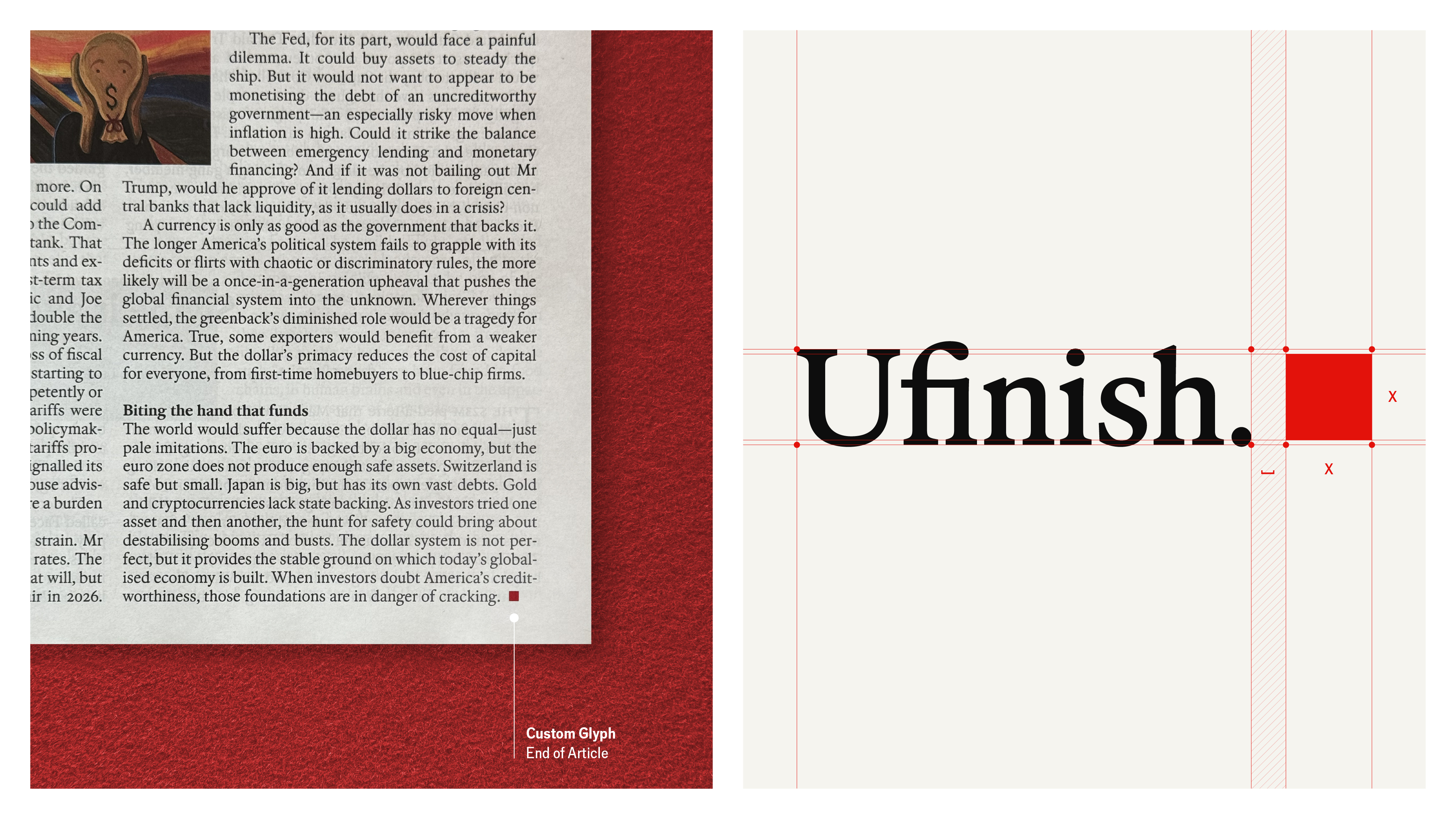
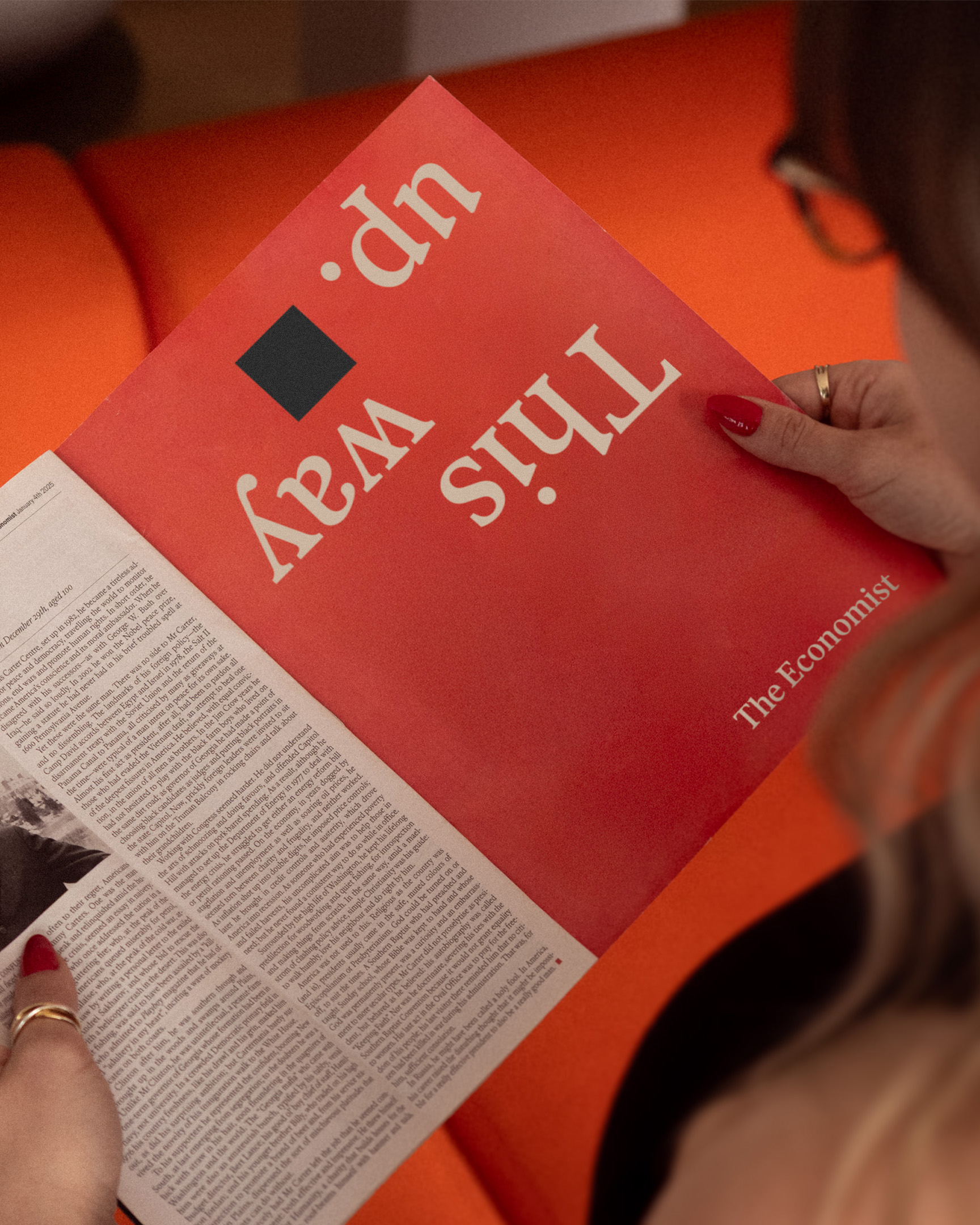
What has been the proudest moment for you or your team working on this project? What was it like to see the new work roll out?
SW: We coined the strapline. That’s no small thing for a brand.
IM: Seeing the billboard in Leicester Square. And hearing our host-read scripts on my favourite podcasts.
Bonus Round
What do you listen to while working?
IM: If I have my AirPods in at my desk there is a 100% chance I’m on a deadline and I’m listening to the Gladiator soundtrack.
SW: I talk to myself. It’s a problem.
What’s your most creatively inspired time of day?
IM: Immediately after my 3pm Coke Zero. I heard someone call it a “fridge cigarette” recently and thought that was perfect.
SW: I don’t sleep so my best ideas come at night. I just have to do better at remembering them.
What’s one writing rule you love to break, and one you never do?
SW: I’ve always struggled with authority so have never adhered to rules, often to my detriment.
Favorite personal mantra?
SW: The main thing is to keep the main thing the main thing.
If you weren’t in this industry, what would you be doing?
SW: Honestly, I’d be driving a forklift truck in Bolton, but in a dream world I’d have a Brazilian/Mexican food truck called ‘Taco Fome’.
Describe your creative process in three words.
SW: “Shit till it’s not.” Sorry, that’s four words.
Stu Watson, Co-Founder of Nomad, is recognised for his brand strategy and transformation work for many of the world’s most exciting brands. His versatile expertise across sports, media and tech sectors includes the Premier League, UEFA Champions League, Disney, King, Natural History Museum, Treatwell, Vodafone, NFL, MLB and Sky. Stu has won D&AD, DBA and Creative Review awards, and is committed to fostering the next generation of designers, regularly lecturing and mentoring students.
As Senior Strategist at Nomad, Isabel Maguire played a key role in shaping the brand strategy, campaign concepts and copy for The Economist. Her experience spans developing strategy frameworks and leading central marketing initiatives for high-profile clients, including Tottenham Hotspur and the WTA.
When the new Economist launched, writers around the world took note. The refresh was bold, clever, and somehow still distinctly The Economist. We wanted the inside scoop on how the project unfolded, the insights that led to the smart work, and what made the voice land so well. Nomad Studio's Stu Watson and Isabel Maguire join The Subtext to share all the juicy details behind the rebrand.


Where’s your hometown and where do you live currently?
SW: Born in Bolton, settled in Dalston, East London.
IM: I grew up in Amersham, Buckinghamshire. Now I also live in East London, which means I have strong feelings about the local bookshop and weak boundaries with my facialist.
In a few sentences, can you introduce yourself and share a bit about your role at Nomad Studios?
SW: I’m co-founder and ECD. I help build brands that are seen by billions each day. Strategy, design, tone of voice… I help create work that works.
IM: I’m a Senior Strategist and Copywriter. I help brands figure out who they are, what they mean, and why anyone should care. Then I help them express it—clearly, cleverly, and in a voice that’s unmistakably their own.
You mentioned that your studio has historically taken on projects rooted in fandom. Can you give us more insight into this focus? And how does that influence the work you do?
SW: Turn on the TV. Unlock your phone. Walk down the high street. Nomad creates Mass Fantastic brands, the ones you can’t ignore. Whether it’s football or finance, we look for the emotional hook—the thing that makes people feel like they’re part of something bigger. We’re interested in brands people choose—not because they have to, but because they love what they stand for. That’s fandom.
Why do you think The Economist was drawn to this fandom-informed perspective, especially right now?
SW: The Economist has always had a fiercely loyal readership. They speak with rare clarity. But to grow, especially with younger audiences, it needed to open the door a little wider. Relevance is earned. It’s not just about what The Economist says—it’s why it matters to you.
What was it like working with The Economist's editorial team? Were there any particular moments of connection or tension that stood out to you?
SW: Everyone was laser-focused—creating concepts, editing, collating feedback and getting approval. We didn’t approach this like a traditional ad agency. For us, advertising at its best is simply an extension of brand communication. And because we’d authored the core brand logic, it felt natural for us to be the ones bringing it to life externally.
IM: We really put the words to work. Every word had to earn its place. That rigour was brilliant to work with. There were good debates around tone: how far is too far, what’s clever versus straight up unintelligible. The line is finer than you’d think.
What early conversations or ideas helped shape your approach to the rebrand?
SW: Unlocking confidence was an essential part of the brief.
IM: We weren’t trying to dazzle people with hot takes that go cold overnight. What we really wanted was for The Economist to help people think more clearly and have the confidence to make sense of the world.
The Economist has built an iconic voice over the years. How did you approach bringing in fresh language or tonal nuance in this refresh?
SW: It wasn’t about reinventing The Economist’s voice—it was about expanding it. Giving it more range. Still incisive and witty, but now with a bit more warmth and humanity. We wanted to develop the kind of tone that doesn’t just inform, but empowers—so the reader walks away a little sharper, and more confident.
What are the hallmarks of the refreshed verbal identity?
SW: We’ve been very intentional about how message and media work together. Whether it’s a social ad, or a TV ad, or a host-read ad on your favourite podcast—the delivery matches the moment. Concise. Confident. With room for surprise.



Were there any unexpected influences that showed up in this project?
IM: Honestly? The Economist itself. It has such a clear voice. I first noticed it in the wit of the rubrics and subheadings. One article in particular, from earlier this year, examined Donald Trump’s transactional approach to geopolitics. The rubric? Gangster’s Paradise. The subheads? All lines from that 1995 Coolio track of the same name. It was so confident. The Economist didn’t explain the reference or italicise it—it simply trusted readers to catch the allusion, or enjoy the tone if they didn't get the reference. The brand voice added unexpected texture and gave us permission to push harder creatively.


What has been the proudest moment for you or your team working on this project? What was it like to see the new work roll out?
SW: We coined the strapline. That’s no small thing for a brand.
IM: Seeing the billboard in Leicester Square. And hearing our host-read scripts on my favourite podcasts.
Bonus Round
What do you listen to while working?
IM: If I have my AirPods in at my desk there is a 100% chance I’m on a deadline and I’m listening to the Gladiator soundtrack.
SW: I talk to myself. It’s a problem.
What’s your most creatively inspired time of day?
IM: Immediately after my 3pm Coke Zero. I heard someone call it a “fridge cigarette” recently and thought that was perfect.
SW: I don’t sleep so my best ideas come at night. I just have to do better at remembering them.
What’s one writing rule you love to break, and one you never do?
SW: I’ve always struggled with authority so have never adhered to rules, often to my detriment.
Favorite personal mantra?
SW: The main thing is to keep the main thing the main thing.
If you weren’t in this industry, what would you be doing?
SW: Honestly, I’d be driving a forklift truck in Bolton, but in a dream world I’d have a Brazilian/Mexican food truck called ‘Taco Fome’.
Describe your creative process in three words.
SW: “Shit till it’s not.” Sorry, that’s four words.
Stu Watson, Co-Founder of Nomad, is recognised for his brand strategy and transformation work for many of the world’s most exciting brands. His versatile expertise across sports, media and tech sectors includes the Premier League, UEFA Champions League, Disney, King, Natural History Museum, Treatwell, Vodafone, NFL, MLB and Sky. Stu has won D&AD, DBA and Creative Review awards, and is committed to fostering the next generation of designers, regularly lecturing and mentoring students.
As Senior Strategist at Nomad, Isabel Maguire played a key role in shaping the brand strategy, campaign concepts and copy for The Economist. Her experience spans developing strategy frameworks and leading central marketing initiatives for high-profile clients, including Tottenham Hotspur and the WTA.
.avif)
.jpeg)


